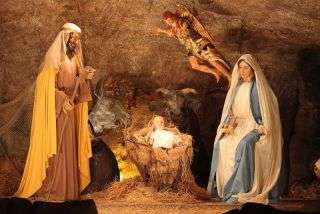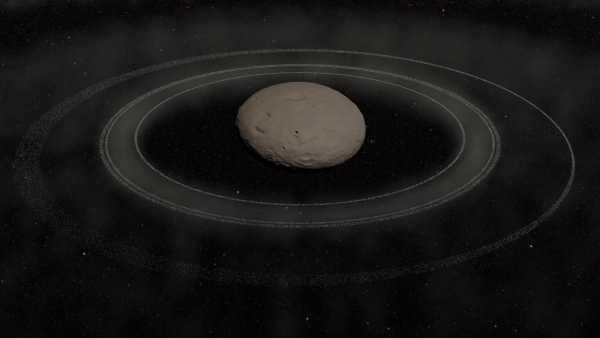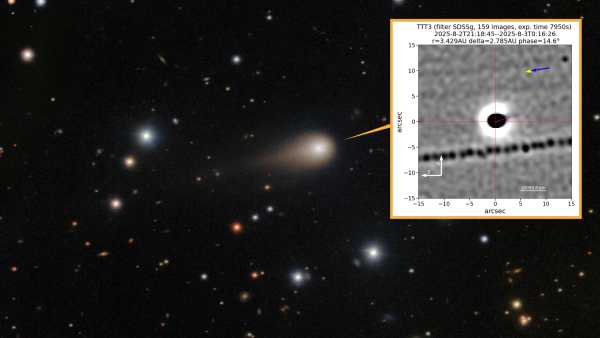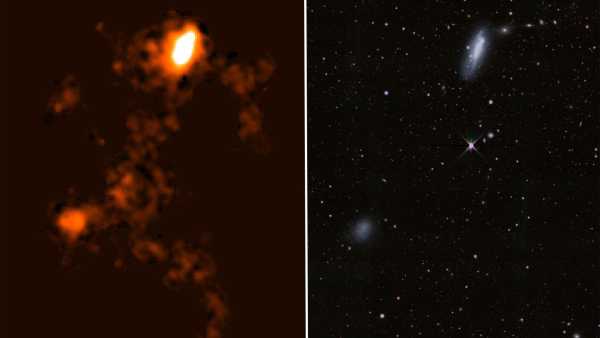
The traditional nativity scene outside the Vatican on Dec. 25, 2011.
From the birth of Jesus in a manger to the Star of Bethlehem, the classic details of the Nativity story show up in Christmas pageants and storefront windows everywhere. But how may of those details are rooted in history?
“My overall take on this, which would be the opinion of most other biblical scholars as well, is that there is very little in the Christmas story of the Gospels that is historically reliable,” said Brent Landau, a religious studies scholar at the University of Texas at Austin.
But others argue that biblical scholars hold Jesus’ birth story to an impossible historical standard, and since Jesus was a minor (at the time) historical figure born in a Roman backwater, it’s impressive that any evidence for his life and death exists at all, said Ben Witherington III, a New Testament scholar at Asbury Theological Seminary in Wilmore, Kentucky, and the author of “New Testament History: A Narrative Account” (Baker Academic, 2003). [Religious Mysteries: 8 Alleged Relics of Jesus]
“I would ask that we apply the same principle to historical investigation — to biblical data — that we would to any other ancient data, like we would Julius Caesar’s Gallic war,” Witherington said.
Happy birthday to you
Most scholars agree that Jesus probably wasn’t born in A.D. 1.
Johannes Kepler tried to tie astronomical anomalies to the Star of Bethlehem, the star in the Gospels that guided the wise men when they came to honor the baby Jesus. His calculations pegged the birth of Jesus at 4 B.C., but that’s likely wrong on both historical and astronomical grounds, said Judith Weingarten, an archaeologist and author of the blog Zenobia: Empress of the East. In order for Jesus to have been born during the reign of King Herod, who ruled the province of Judea at the time, the birth was likely closer to 1 B.C., Weingarten said.
Likewise, almost no one thinks Dec. 25 was Jesus’ actual birthday. The story of Jesus’ resurrection was likely much more important to early Christians than his origin story, and the date didn’t even appear in a calendar until A.D. 336. Hints in the Bible, such as the sheep being out in the fields, suggest the weather would have been warmer, so he may have been born in the spring, Witherington said.
Magical star
The Gospel of Matthew describes wise men, or Magi, who come to Bethlehem from the east to honor the baby Jesus, “the king of the Jews,” with gifts such as frankincense. Yet no historical records attest to such trips by any Magi at the time, Landau said.
For 2,000 years, countless people have tried to find astronomical anomalies that correspond to the Star of Bethlehem.
“Almost every year has something unusual,” Weingarten told Live Science.
But a specific star’s movement in the sky can’t point to a specific house, Landau told Live Science. In addition, it doesn’t make sense that the Magi, who were ostensibly coming from Jerusalem, would have needed a star to guide them to Bethlehem, just 10 miles (16 kilometers) down the road, Weingarten said.
Still, the word “star” at the time would have had more meaning than we currently ascribe to it, Witherington said.
“Most ancient people thought stars were living beings,” or angels, Witherington said.
So if the story is read as a living being that appears as an orb of light, guiding the Magi, then historians shouldn’t try to tie the star to a recorded astronomical event, but should see it as more of a miraculous local phenomenon, Witherington said. [6 Facts About Jesus]
Slaughter of the innocents
Though King Herod was known as a cruel and fratricidal ruler, no historian mentions the “slaughter of the innocents,” in which Herod allegedly killed babies under age 2 in Bethlehem, even though the historian Josephus despised Herod and spared no detail when it came to his atrocities, Weingarten said.
But given that Bethlehem probably had fewer than 1,000 residents, it’s possible the slaughter of the innocents involved just three or four babies, Witherington said.
“We’re not talking about streets lined with dead babies,” Witherington told Live Science. In a world full of brutality and violence, it’s not clear the death of a few no-name babies in a sleepy village would have made the history books, Witherington said.
Unmarried parents
Historians tend to agree that Joseph and Mary were unmarried at the time of Jesus’s conception – a key point for those who believe in the Virgin Birth. This detail is highlighted in both infancy narratives, and yet it would have been scandalous at the time. That suggests there were stories very early on about Jesus’ birth being “irregular,” Landau said.
Though some biblical scholars doubt the veracity of the Gospels, that doesn’t mean the original writers were lying, per se. The ancients would have viewed the narratives of Jesus’ birth as true in a larger sense, even if they played a little fast and loose with the facts, Landau said.
Regardless of how many of the details are true, the stories still have power today.
“Even when the stories are only half believed in our times, they are comforting. Who wants to know that there was no star, no manger, no Magi? Party-poopers — and historians!” Weingarten said.
Follow Tia Ghose on Twitter and Google+. Follow LiveScience @livescience, Facebook & Google+. Originally published on Live Science.
Sourse: www.livescience.com





